When Old
Meets New
The formalisation of
Indigenous land management
and technology
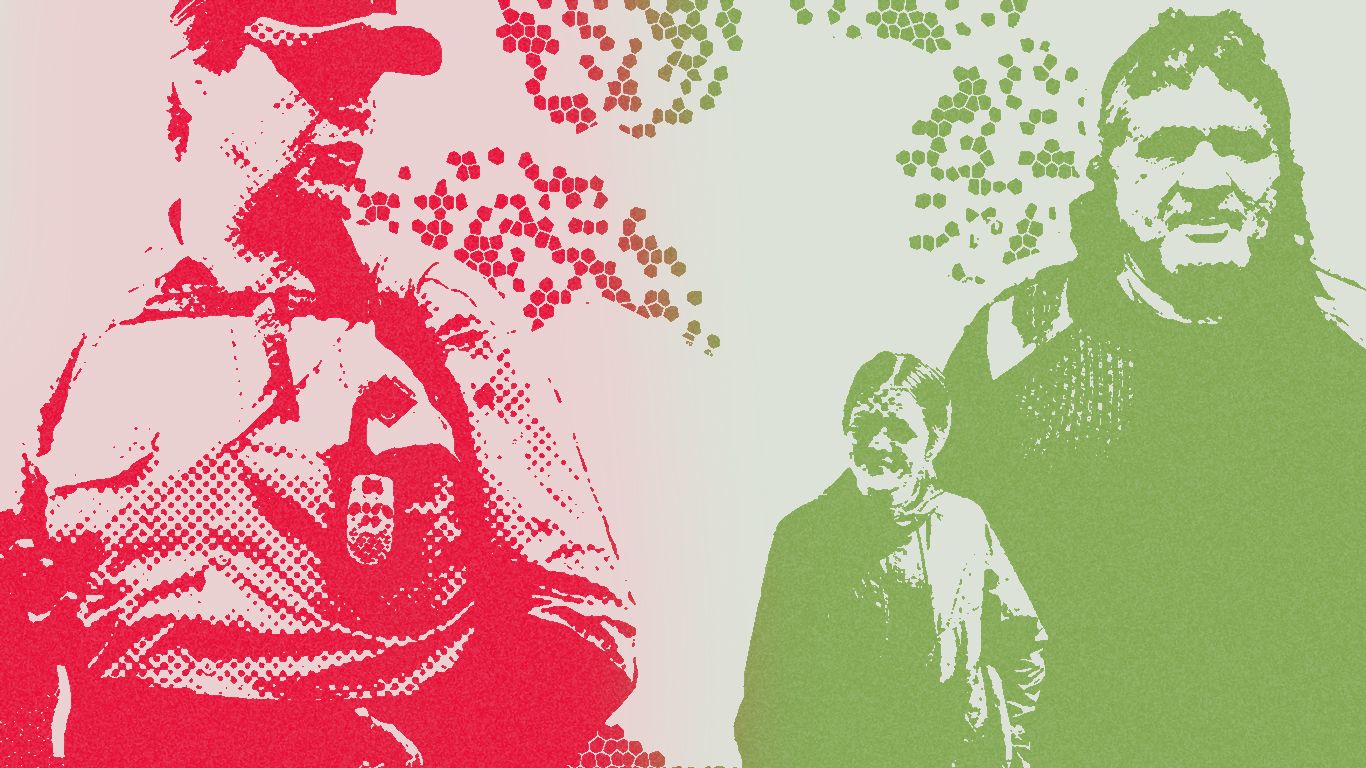
In the era of droughts, fires and cultural loss, land lovers have worked to ensure the next generation doesn't repeat the mistakes of the past.
Pockets of innovation have sprung up across the country, often guided by Australia’s First Nations people, whose wisdom spans further than 50,000 years.
Part one: Agriculture
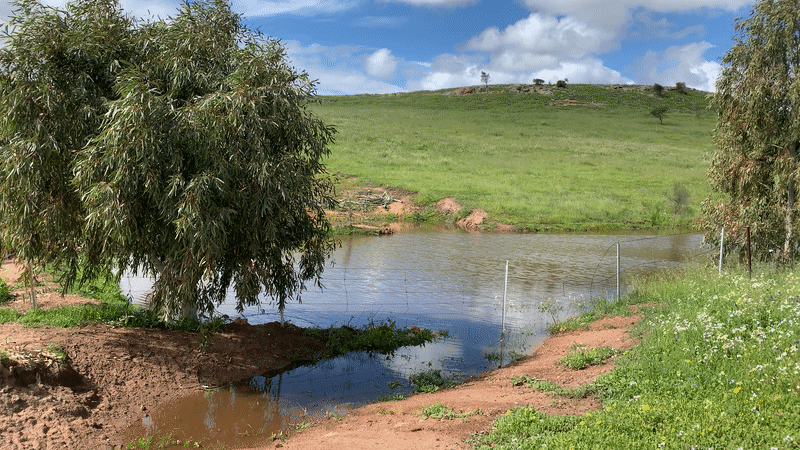
Young and passionate
Like many young people, Khyteesha Cross,19, was biding time after she left high school, working as a cleaner and waitress in Geraldton, Western Australia.
Six months ago, her pop got her involved in the Geraldton's Central Regional TAFE’s Certificate II in Conservation and Land Management, a program valuing hands-on experience.
“I don’t want to sit all day inside four walls, and I didn’t like school. I want to be out on the land every day,” she said.
When she walked up the old riverbed and explained how her work helped reclaim the land for insects, gum trees and thriving plants, she couldn’t stop repeating the phrase, “so yeah, it’s awesome”.
She said working on the farm had reawakened a passion from her childhood, founded in visits to her family’s sacred land near Paynes Find, 400km northeast of Perth.
“We come from bush and we’re always doing stuff we’re not supposed to be doing, and sometimes we’d end up being chased by emus and kangaroos,” she said.
As part of her course, she worked on a property called Yanget Farm, a short drive from WA regional centre Geraldton.
At Yanget, they subscribe to a holistic and regenerative farming approach, one suiting Khyteehsha’s values perfectly.
“Everything plays a part: don’t take the weeds out; don’t kill the caterpillars; just leave the nature alone, and we can see how it was years and years ago."
“There’s no planet b,” she said.
![[object Object]](./assets/K67vWYU7pt/kc-2560x1920.jpeg)
Khyteesha Cross
Khyteesha Cross
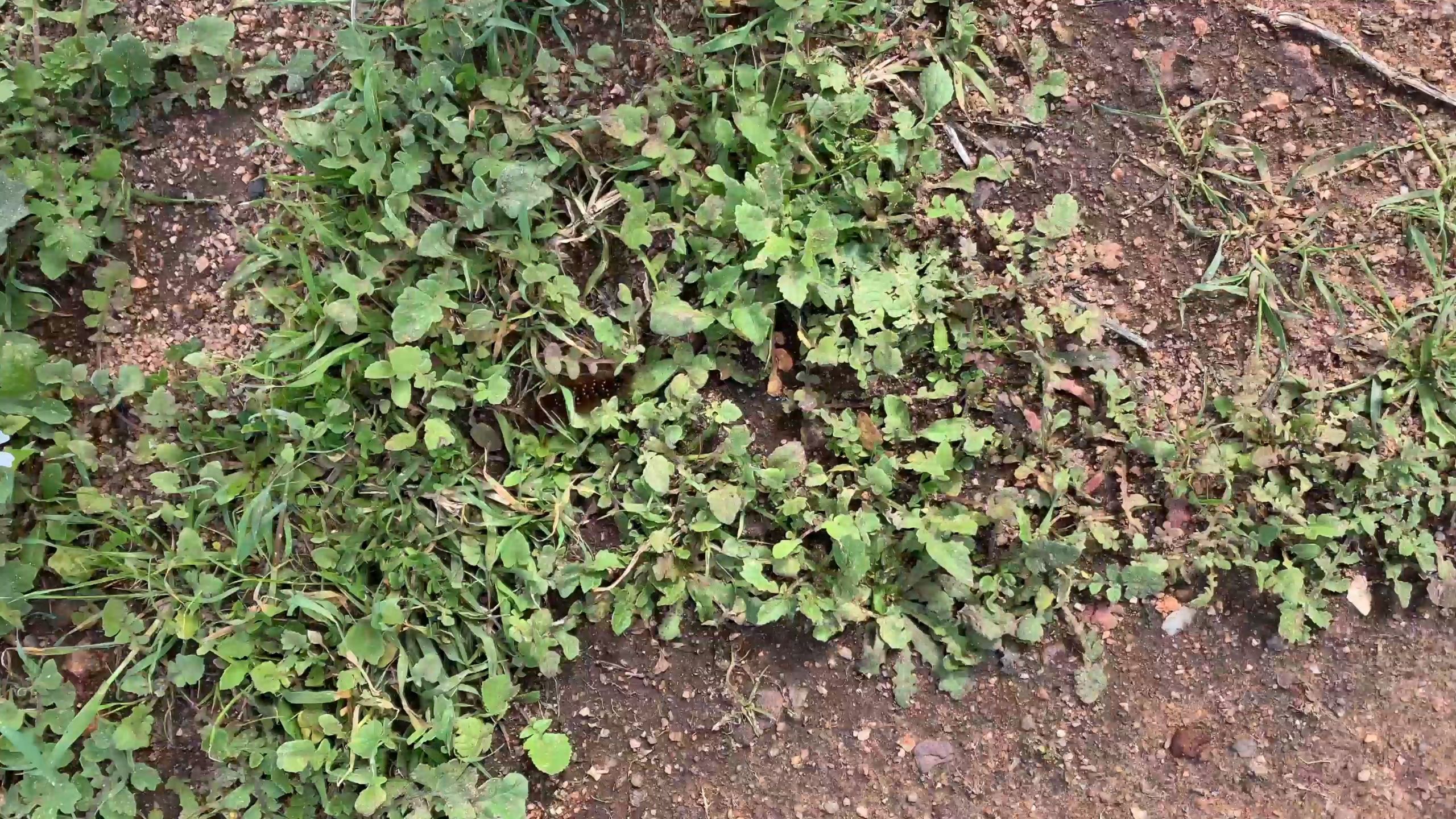
Controversial farming
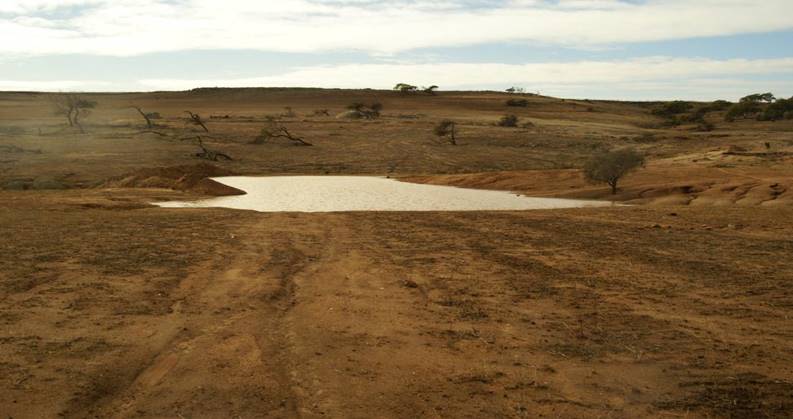
Yanget Farm, 2009, before NFS. Credit: Tierra Australia
Yanget Farm, 2009, before NFS. Credit: Tierra Australia
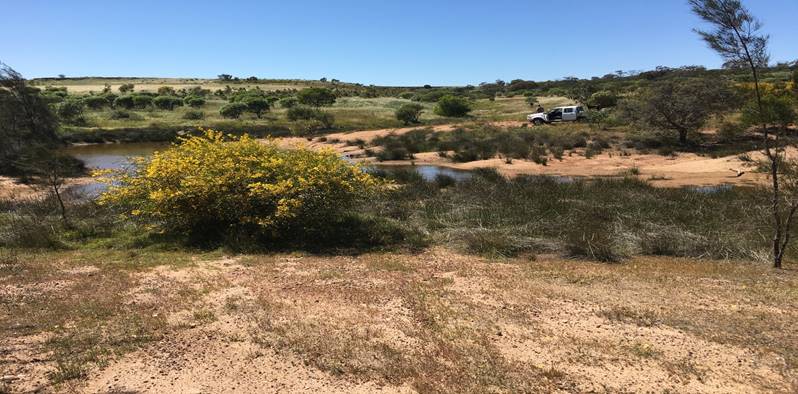
Yanget Farm, 2017, after NFS. Credit: Tierra Australia
Yanget Farm, 2017, after NFS. Credit: Tierra Australia
Rod O’Breehas owned Yanget Farm for 12 years, and he said the world was going to shit.
“There’s problems with droughts and the water table... all the chemicals that kills bugs and animals flushes out to the Indian ocean. It’s going to have an effect.”
While Rod is not Indigenous, he actively seeks out old technology and collaborates with Indigenous people.
Perhaps, a meaningful step in the right direction that could benefit the bottom line, the health of the land, and the human lives involved.
Rod is a down to earth guy with a husky farmer voice, and he wouldn’t let us take his photograph because he couldn’t see how it was relevant.
He has four main goals. Rehydrate the land, treat animals with respect, avoid chemical pest control and teach the next generation of farmers to do the same.
“We’re trying to get some young kids who haven’t got set ways of how things should be done and show them something new,” he said.
Over the years, he said his farming methods have been a source of controversy.
“The agriculture department didn’t want a bar of us... Nobody wanted a bar of us,” he said.
Much of his work is based on Agriculturalist Peter Andrew’s Natural Sequence Farming (NSF) method, hailed as a way of protecting farmers from drought and restoring land previously made near barren by over-farming.
University of Melbourne geomorphologist Professor Ian Rutherfurd said NFS was a step in the right direction for farmers working in the right environment.
“It’s important to be realistic about what you can expect from this sort of thing,” he said.
He said the principle behind NFS was to rehydrate land dried out by now-abandoned drainage programs, dating back to colonisation and used by early farmers who struggled to utilise swampy land.
Professor Rutherfurd said the method could help to repair vegetation and restore the base flow in the river, but regulation was required as restricting water flow out of a property could impact people farming downstream, limiting their access to water or starving sediment.
But, overall, professor Rutherfurd said this type of land regeneration could have a positive impact on the broader environment, and not all concerns were legitimate.
“It’s the same with any extension and change process, people think you’re engaged in a radical anti-something campaign,” he said.
A spokesperson from the Western Australian Department of Agriculture said they initiated a case study of Natural Sequence Farming (NSF) on the property, as part of a series of case studies on regenerative agriculture in WA.
The Department has commissioned a literature review from the University of Western Australia to "assess the benefits and risks associated with NSF in the dry land south-west agriculture zone of WA".
And, commercial research business Tierra Australia has also become involved with the project, performing a catchment function analysis on the site in 2017.
The report found NSF had improved the properties productivity, biodiversity and land cover.
Researcher Tim Wiley said, "good management practices that improve the environment will be more profitable in the medium and long term”.
The organisation have a job waiting for Khyteesha, for as soon as she is ready.
Old technology

Rod has known Khyteesha’s pop, and Nyungar elder,Clint Hansenthrough footy for years, but they only started working together on their land management course earlier this year.
Rod has experienced in modern farming, and Clint has a wealth of knowledge about traditional land management, aboriginal technology and has hands-on farming experience.
Together, they have been teaching young Western Australian’s a new style of agriculture based on generations of wisdom.
Clint is a straight-talking man with a thick grey handlebar moustache.
“I like my classrooms out on country,” he said.
He has spent his life between cities and rural parts of WA, including time giving lectures on Aboriginal history and culture at Curtin University.
He grew up on the farm his dad worked on in the southern part of the state, when government bodies were still breaking families apart.
“They tried to steal my older brothers and so mum would hide them in the bush when they came to town,” he said.
Clint said he saw the land as a living being deserving respect.
“We’re all part of it, when your physical body dies it will go back into here and create life again,” he said.
Although most participants were Aboriginal, the course was open to students from any background.
Clint said he believed everyone could benefit from old ideas and technology, while not always documented with pen and paper, has been kept alive through practical and oral teaching.
“Before European settlement, we already had supermarkets and chemists. We were all walking around with six packs and now we’ve got kegs,” he said.
Clint taught his students everything; from how to use a tractor, to how to use the milky way to understand the country.
"We had holistic farming a long time ago," he said.
He said the emu in the sky helped "the old people" understand the six Nyungar seasons, Birak, Bunuru, Djeran, Amkuru, Djilba and Kambarang.
"By the end of Kambarang, the emu pushes the southern cross and disappears.
Then, it starts coming back in Bunuru, getting bigger and bigger," he said.
These seasons were a vital part of how his ancestors fostered their connection with nature, and how they kept their bellies full and communities in good health.
According to Clint, the environment is suffering because "people now days are losing track of reality”.
"We need to re-educate farmers to regenerate their lands to bring it back to good health and allow all native species to survive as they are slowly disappearing into extinction.
To combat this extinction, we must resort back to the natural food chain and combine it with modern technology farming," he said.
Although he was hesitant to talk too much about his feelings, Clint said it made him happy to impart this old knowledge on the next generation.
"It's a good feeling. I just hope they are able to pass it on to future generation," he said.
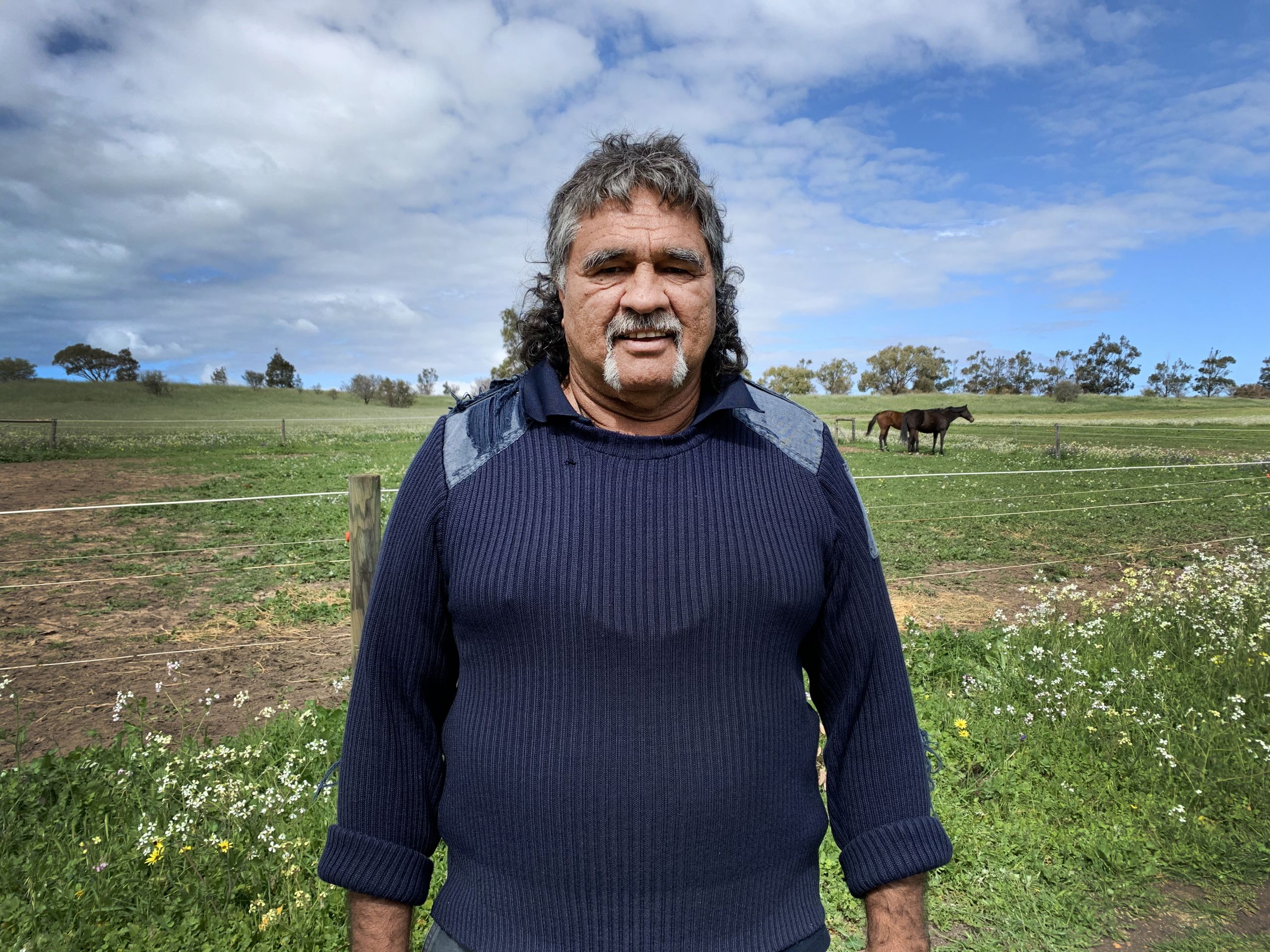
Clint Hansen
Clint Hansen
Part Two: Fire Management
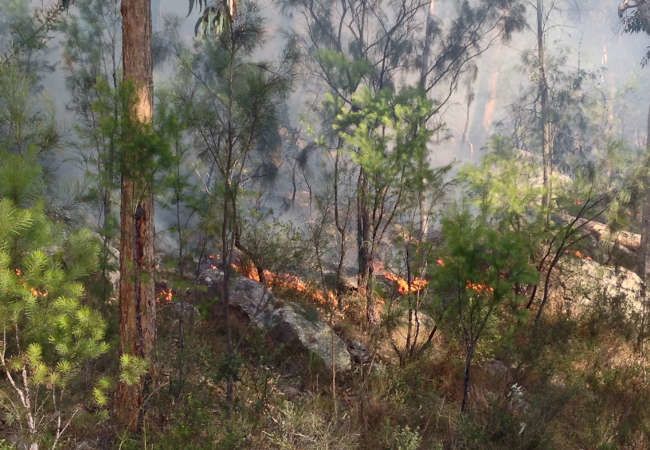
Profound encounters
Over on the east coast, Yuin Thunghutti Murrin man Adrian Webster and Wiradjuri man Den Barber had their lives changed by Indigenous mentorship on cultural burning.
They said they wanted to see more cultural learning opportunity made available for other Indigenous people.
In 2016, Adrian Webster worked as a cultural mentor in Sydney and said he did not feel supported, often treated as a firebug.
Adrian decided to change paths and began Rural Fire Service training, where he met Tagalaka Indigenous fire practitioner Victor Steffensen.
Victor, or Uncle Vic, told him to forget everything he’d learnt about firefighting.
“In every aspect of fire, from the way we use it through to the way we look at it, the way we value it and see it, it’s completely different to that Western concept.”
Victor Steffenson is a leading voice of cultural burning today and the author of Fire Country: How Indigenous Fire Management Could Save Australia, published in 2020.
This year, an ABC article referred to him as “a keeper of memories. Custodian of a knowledge that has been handed down for thousands of years: the ability to see when the land is sick and know how to heal it”.
Around 2017, Adrian started working with the Firesticks Alliance Indigenous Corporation, an indigenous-led network aiming to re-invigorate cultural burning.
Cultural burning involves applying fire in the bush using a controlled and methodical approach; the cool fire acts like water and moves slowly in a trickling pattern, burning in a circular area from where it was ignited.
To him, cultural burning was about more than wildfire prevention, and he said it was a meaningful practice for Aboriginal people.
“We all believe as Aboriginal children, like our mother is the Earth. Just like it is our responsibility with our physical mum, our biological mums to look after them, it’s the same with our spiritual mum,” said Adrian.
Wiradjuri manDen Barberalso had a reformative experience when he met Uncle Vic.
He started his career as a cadet ranger with the New South Wales National Parks and Wildlife in the early 2000s, shortly before getting a parks and recreation heritage degree at Charles Sturt University.
While working as a ranger, he went through firefighting training, putting out wildfires and conducting hazard reduction burns.
“As a remote firefighter, we were the ones dropping out of helicopters on long dangly lines in the middle of national parks,” he said.
But, while working as an Aboriginal Management Officer in the World Heritage area in the Blue Mountains he met Uncle Vic, and his thinking surrounding fire management changed forever.
“I had a very difficult time trying to explain to others what I experienced in terms of cultural burning and how good I felt,” he said.
Den had started a community fire group before, so with the experience and the knowledge he drew from his time in Cape York, he started cultural burning project Koori Country Firesticks in 2016.
He said Traditional Owners saw fire as a tool, rather than a threat, encouraging natural ecological systems to work closely with the fire as a means of rejuvenation.

Image courtesy of Koori Country Firesticks, NSW
Image courtesy of Koori Country Firesticks, NSW
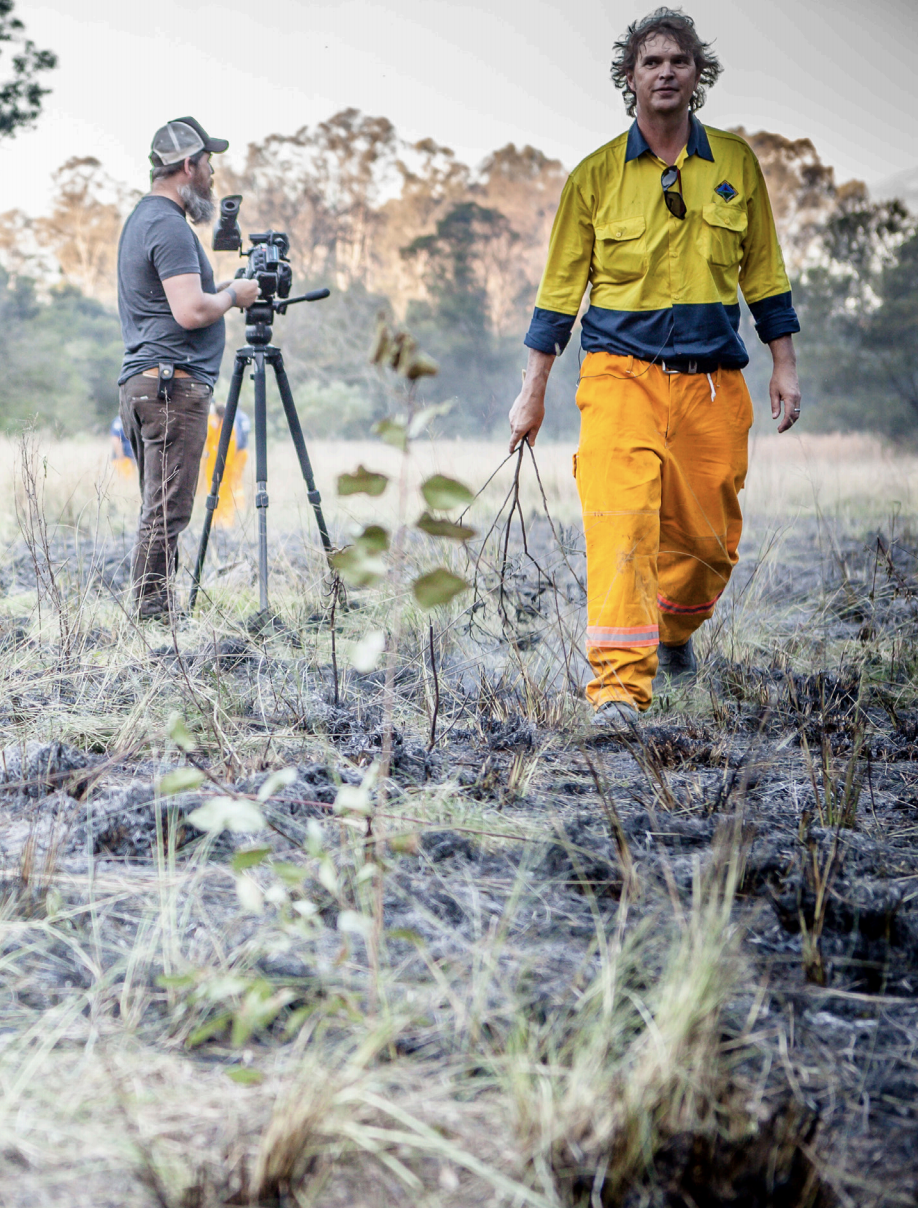
Pictured: Den Barber conducting a cultural burn. Image courtesy of Koori Country Firesticks, NSW
Pictured: Den Barber conducting a cultural burn. Image courtesy of Koori Country Firesticks, NSW
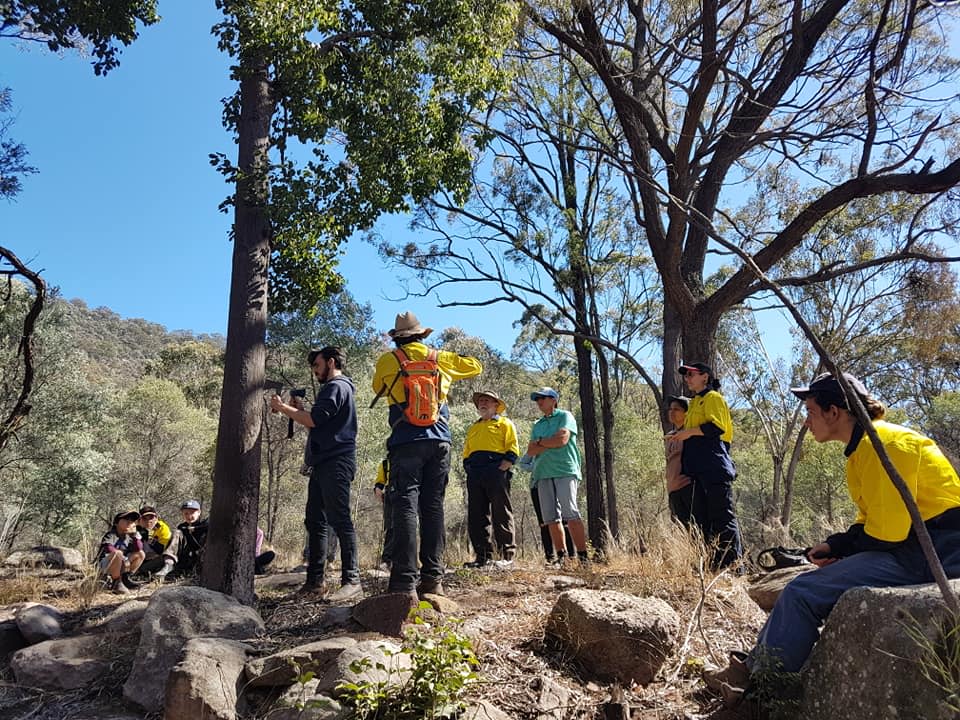
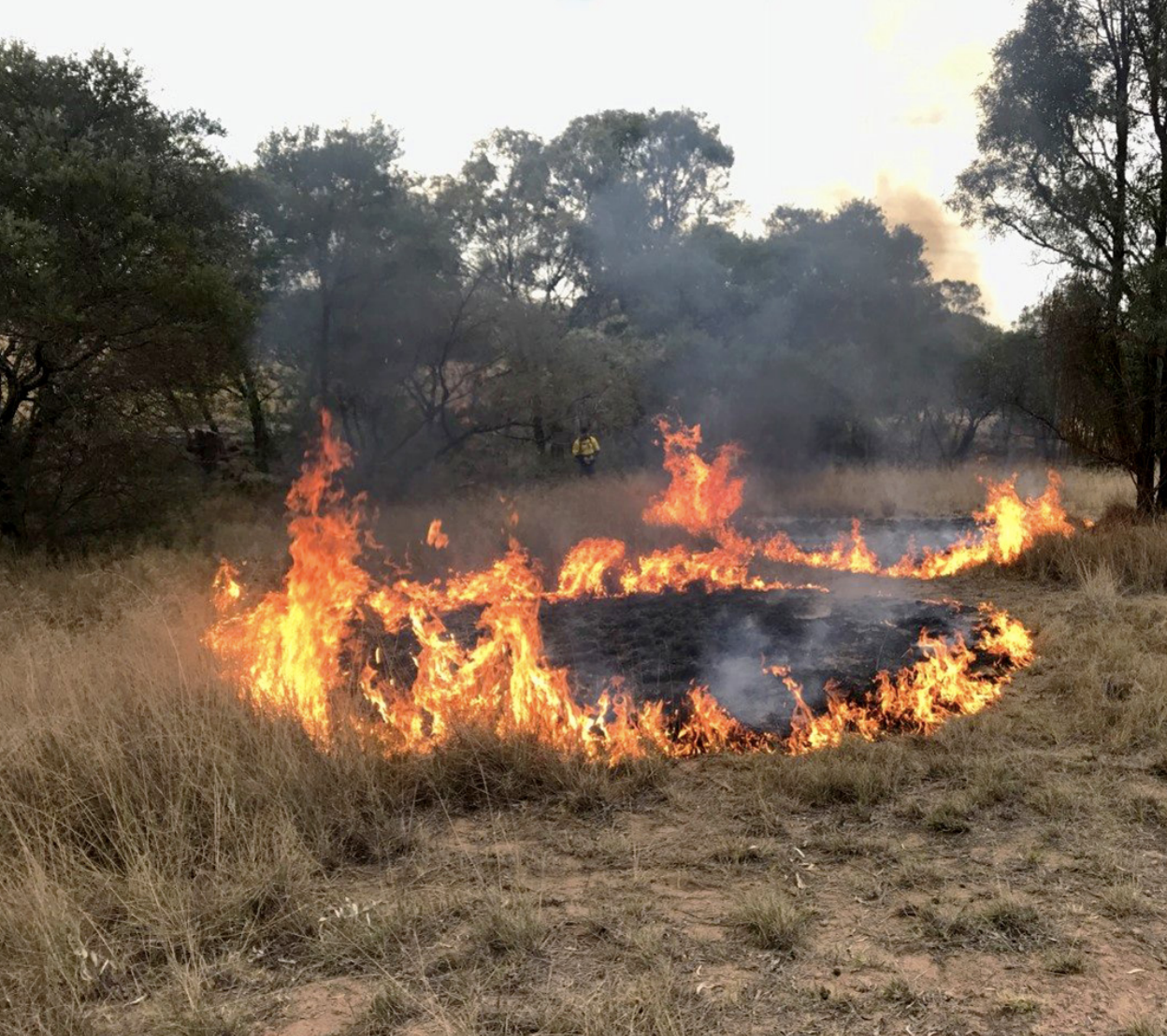
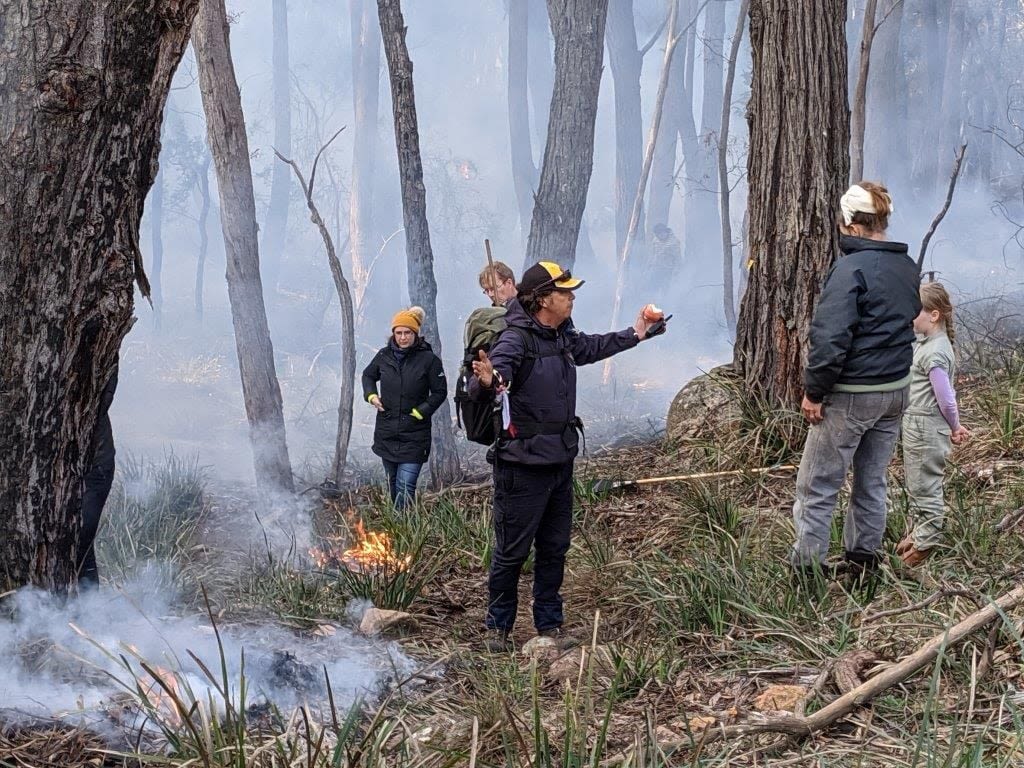
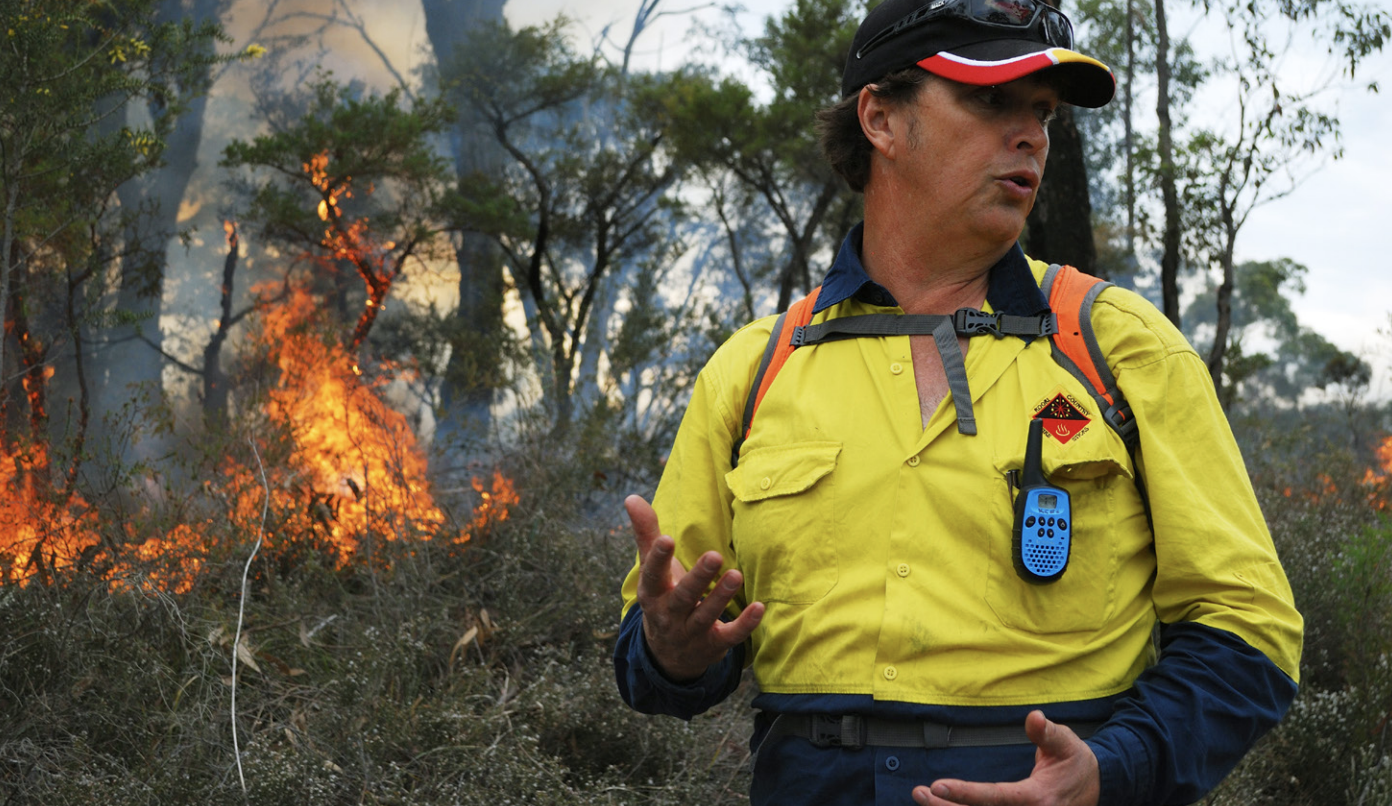

Image courtesy of Koori Country Firesticks, NSW
Image courtesy of Koori Country Firesticks, NSW

Image courtesy of Koori Country Firesticks, NSW
Image courtesy of Koori Country Firesticks, NSW

Image courtesy of Koori Country Firesticks, NSW
Image courtesy of Koori Country Firesticks, NSW

Image courtesy of Koori Country Firesticks, NSW
Image courtesy of Koori Country Firesticks, NSW
Moving forward
Den noticed the media attention around cultural burning began to swell after last year’s ferocious bush fire season, which included a mention from the Royal Commission and talks of changing legislation.
He was even contacted by government-managed agency NSW Fire and Rescue to develop a cultural fire burning policy.
“We’ve certainly had a huge response to an inquiry regarding what we do since the wildfires.” he said.
Den said that the Koori Country Firesticks mission was to teach people the importance of cultural burning.
Koori Country Firesticks and Firesticks Alliance Indigenous Corporation have held workshops in Australia for years.
“Many members of country and many members [of Firesticks Alliance Indigenous Corporation], are helping to coordinate helpful learning and training programs through local land services,” said Den.
“But we certainly need more of it, and we certainly need government backing and support, I believe it would be a wonderful thing to offer, especially to Aboriginal youth who are looking for direction and wanting to know how they want to live their lives.”
Den has some concerns about the formalisation of Aboriginal education, and he said the government backing had been slow.
“In our day, we didn’t need a piece of paper, we didn’t need to be examined. The knowledge we were given started from when we were babies out in the environment in which we live,” said Den.
Despite concerns, formal culturally aligned education has started to make its way into the tertiary sector, with efforts made to place cultural education back into the hands of First Nation’s people.
In Victoria, La Trobe University offers a nationally accredited Certificate IV in Aboriginal Cultural Heritage Management, a year-long formal training course for Aboriginal Australians.
Aboriginal Victoria Senior Heritage Training and Education Officer Dr Christina Pavlides said the workshop introduced themes of Aboriginal cultural heritage management to students, modelled around the Aboriginal Heritage Act of 2006.
The Act distinguished Aboriginal people as the Traditional Owners of the land, water and other resources, and recognised traditional laws and customs.
“All cultural heritage is important, it holds the evidence of past people’s economies, traditions, customs, and knowledge,” she said.
Dr Pavlides said they found prospective students through Aboriginal Victoria Past and Present workshops and senior members of their community were required to put forth one student for each intake.
“When we have multiple people applying from one Registered Aboriginal Party group for example, we ask the board of that organisation to make the decision as to who they want to prioritise in any given year,” she said.
Since its beginning in 2010, over 500 Aboriginal people have taken part in the workshops.
“That tells you a lot about how important the program is in the Aboriginal community in Victoria and the level of their interest in managing cultural heritage.”
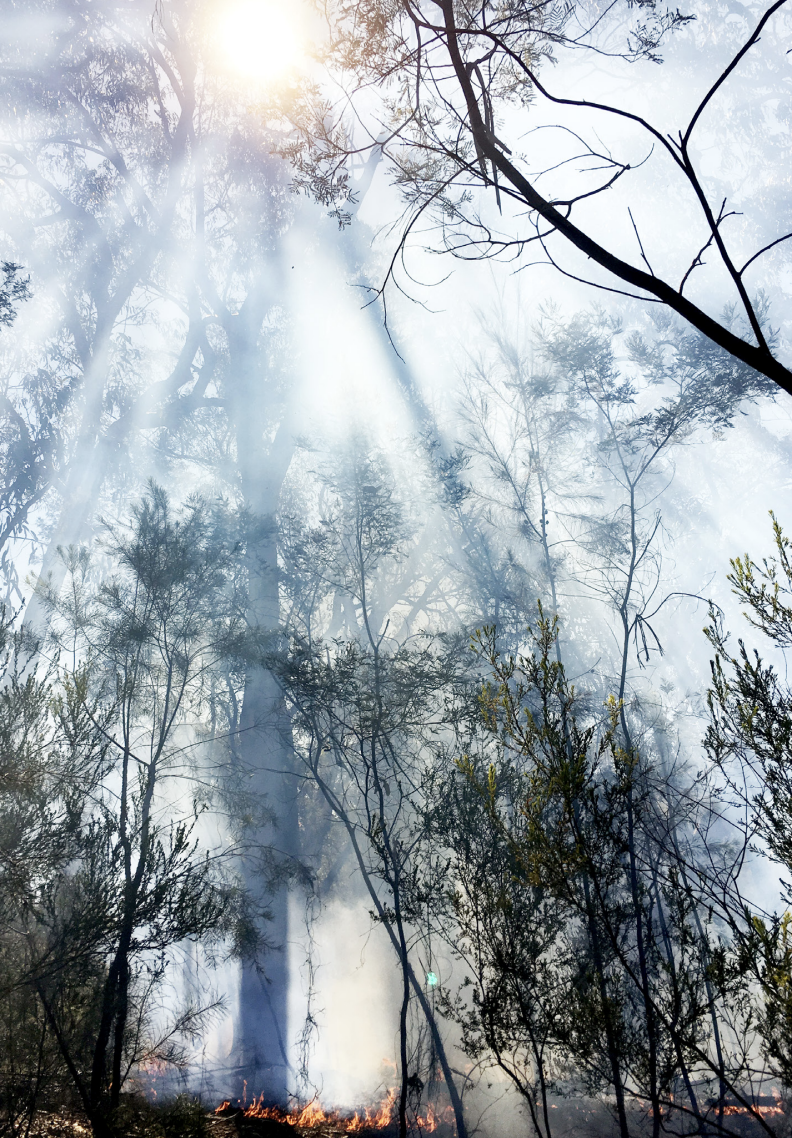
Image courtesy of Koori Country Firesticks, NSW
Image courtesy of Koori Country Firesticks, NSW

Image courtesy of Koori Country Firesticks, NSW
Image courtesy of Koori Country Firesticks, NSW
A story still being told
There's no perfect way to educate about culture, Indigenous or otherwise. Clint, Khyteesha, Adrian and Den probably wouldn't agree on every gritty detail, if all put in a room together and asked to shape the next stage of formalised cultural learning.
They all represent a different country, cultural group or lived experience. But, there was a common thread through all of their stories; each will, does and have shared their knowledge, regardless of how many formal institutions took note.
A final note from Adrian.
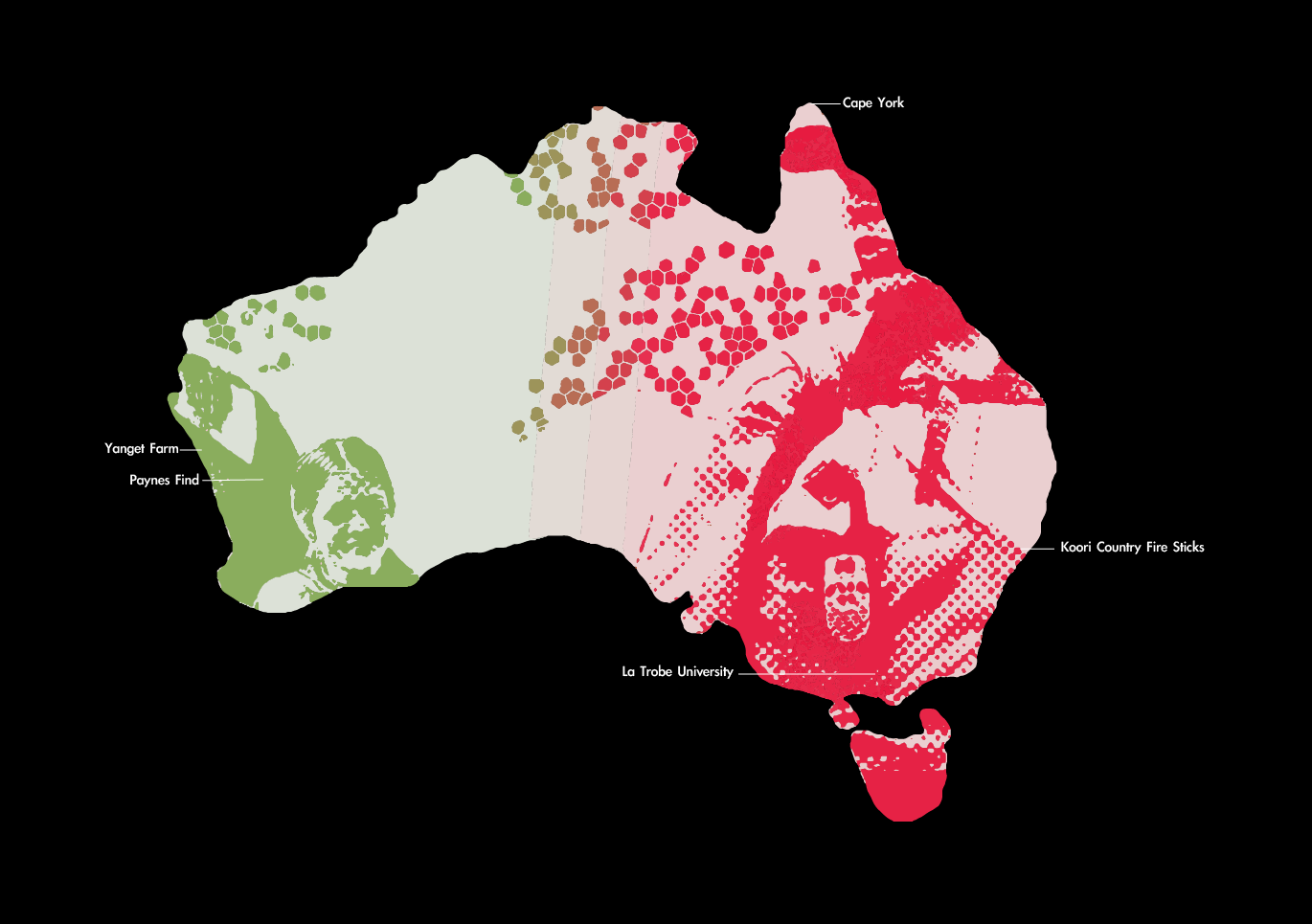
We acknowledge the Australian Aboriginal and Torres Strait Islander peoples as the first inhabitants of the nation and the traditional custodians of the lands where we live, learn and work.
